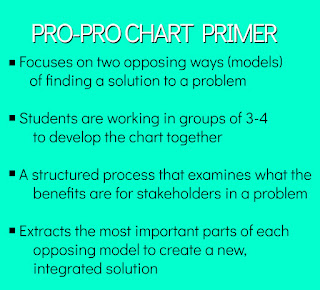Teaching Creativity
Amanda Williams-Yeagers has written a number of guest blog posts on the Shift. She is also leading the HDSB Empower Book Talk.
Jordie Burton has also written a guest blog post on the Shift. He is an Art Educator passionate about creativity and design thinking. Amanda and Jordie have teamed up with other HDSB educators to use an innovation grant to delve into teaching creativity and design thinking in our schools.
Sir Ken Robinson begins his famous 2006 Ted talk “Do Schools Kill Creativity?” by speaking about the evidence and the range of human creativity. He also begins by talking about the uncertainty of the future. The irony of this, is that this brilliant talk took place twelve years ago.
Today we are still wondering what the future will look like and we are still hoping to prepare our students for jobs that don’t even exist yet. We are also curious about the range and extent of human creativity:
What is the definition of creativity? What environment is conducive to creativity for learners? How can we create an environment that nurtures rather than undermines creativity? How can we support our learners to become comfortable with making mistakes?
Sir Ken continues to say that one of the greatest issues in education is that we educate people out of creativity. He captures this when he says that students,
“have become frightened of being wrong. We stigmatize mistakes. And we're now running national education systems where mistakes are the worst thing you can make. And the result is that we are educating people out of their creative capacities.”
While recognizing that this was said twelve years ago, we are left wondering if this is something that still exists in education today. In fact, we have a number of questions about creativity that are grounding our inquiry. We are using a design thinking approach to ask the questions, “How can we improve students ability to learn to be creative?” “How can we empower students to identify themselves as creative?” and “How can we change a single story of student’s self-image to the untold story of limitless potential?”
Our first investigation has led us to investigate a broader definition of the concept of creativity. The organization Creativity at Work defines creativity as “the act of turning new and imaginative ideas into reality” and that if you have ideas but do not act on them, you are imaginative, not creative. Daniel Pink, in his book A Whole New Mind says that creativity is “giving the world something it didn’t know it was missing” or as Hugh Howey says “Seeing something that doesn’t exist and then making it so,”. While we continue to work on our broad definition of the concept of creativity, that application of the topic is what matters to us the most.
So, we are putting it out there and asking other educators to support us in our journey and we have lots of questions! We are exploring the idea that creativity has some core elements that can be shared, taught and built. What is the best way to bring that into a classroom? If we want our students to graduate with the ability to think creatively, how do we achieve this? What does teaching “creatively” look like? Are there examples of lessons that explicitly teach creativity? How do we convince our students that everyone has the potential to be creative?
If you have any ideas, and are willing to help us with our inquiry, please complete this survey and help us by sharing your experiences. We don’t need you to have all of the answers (we don’t either!) we just want you to help us by coming along for the ride.
And with that we leave you with this:
“Creativity is as important now as literacy and we should treat it with the same status.”
-Sir Ken Robinson

Comments
Post a Comment